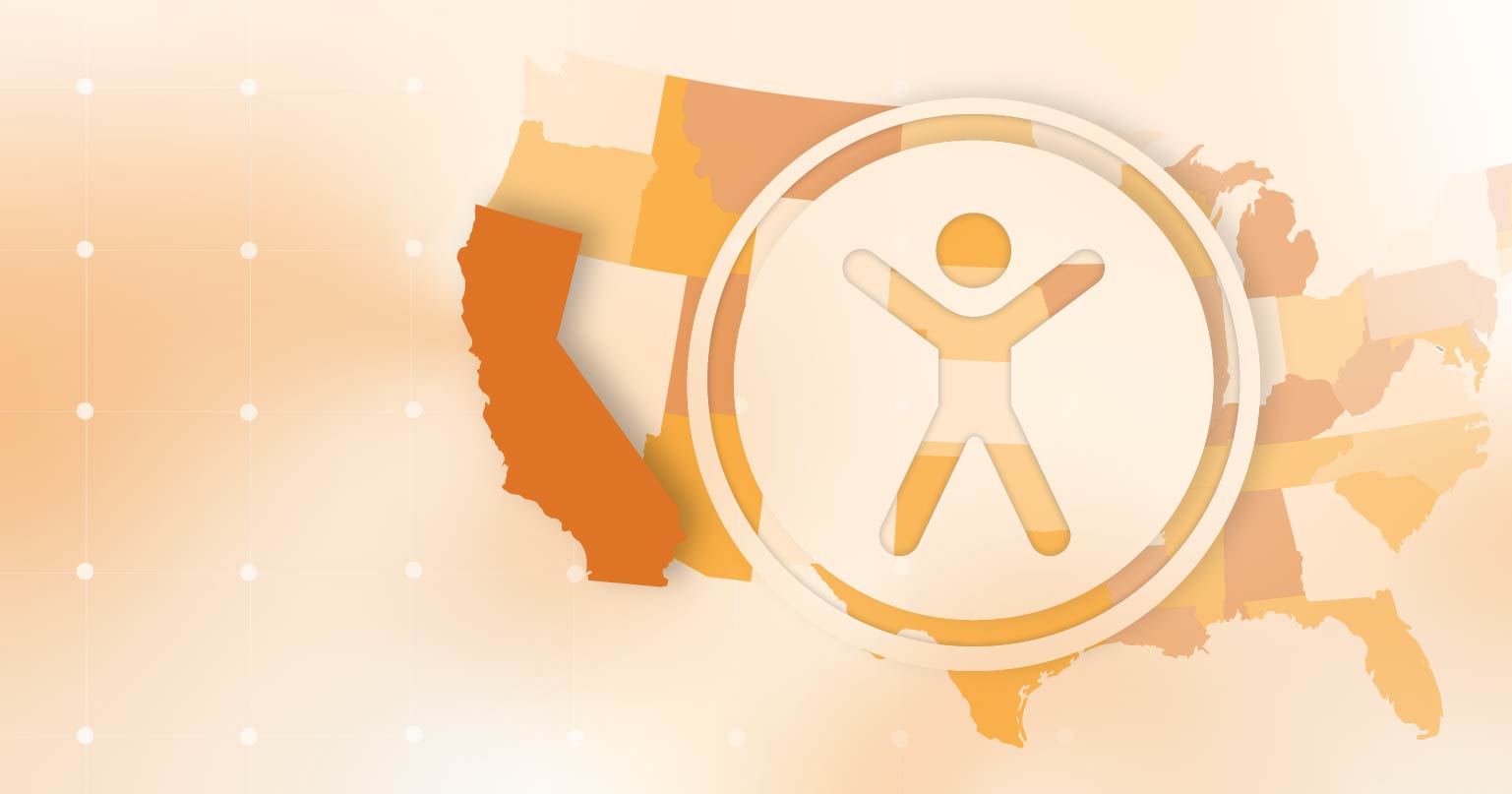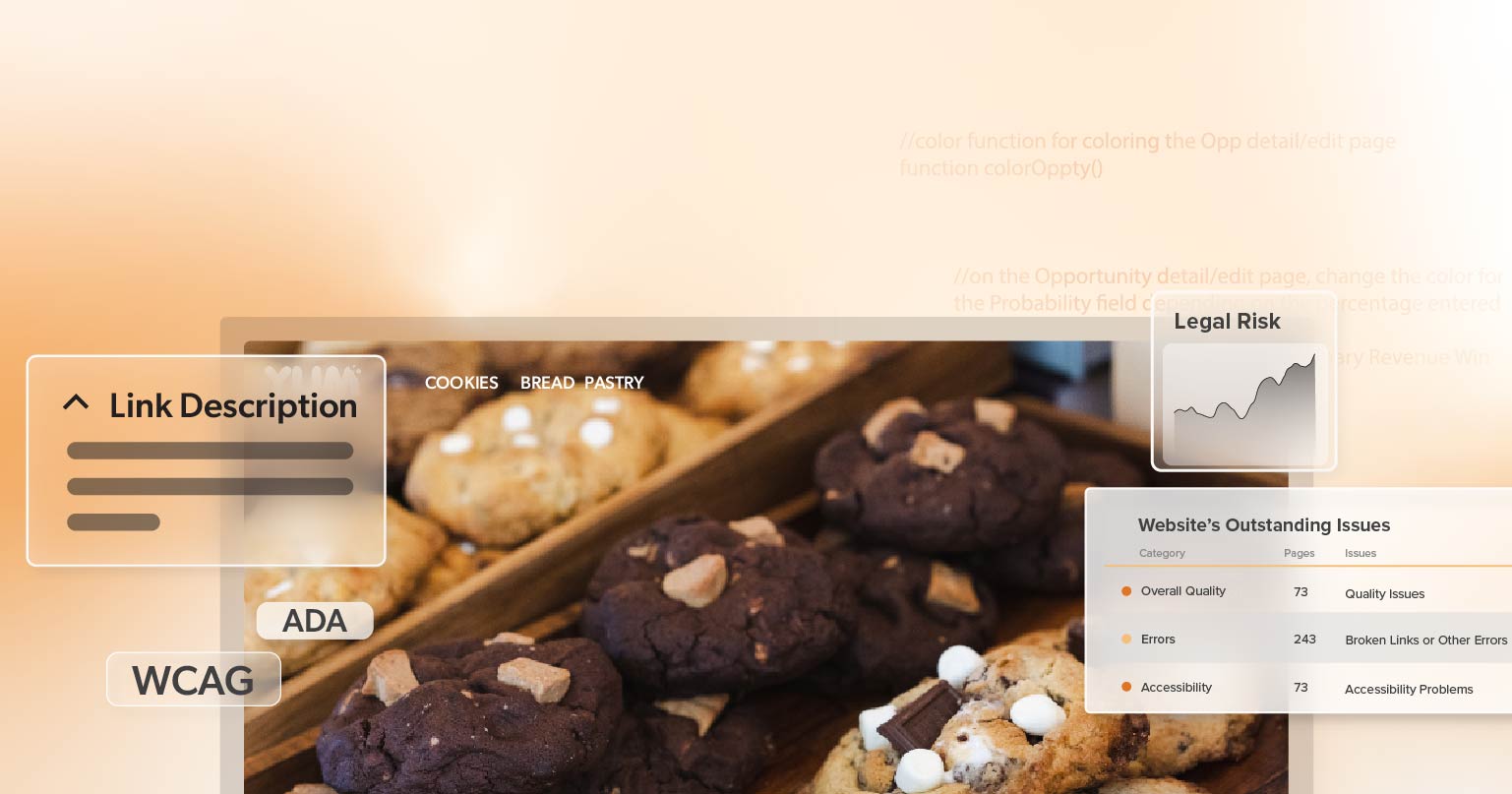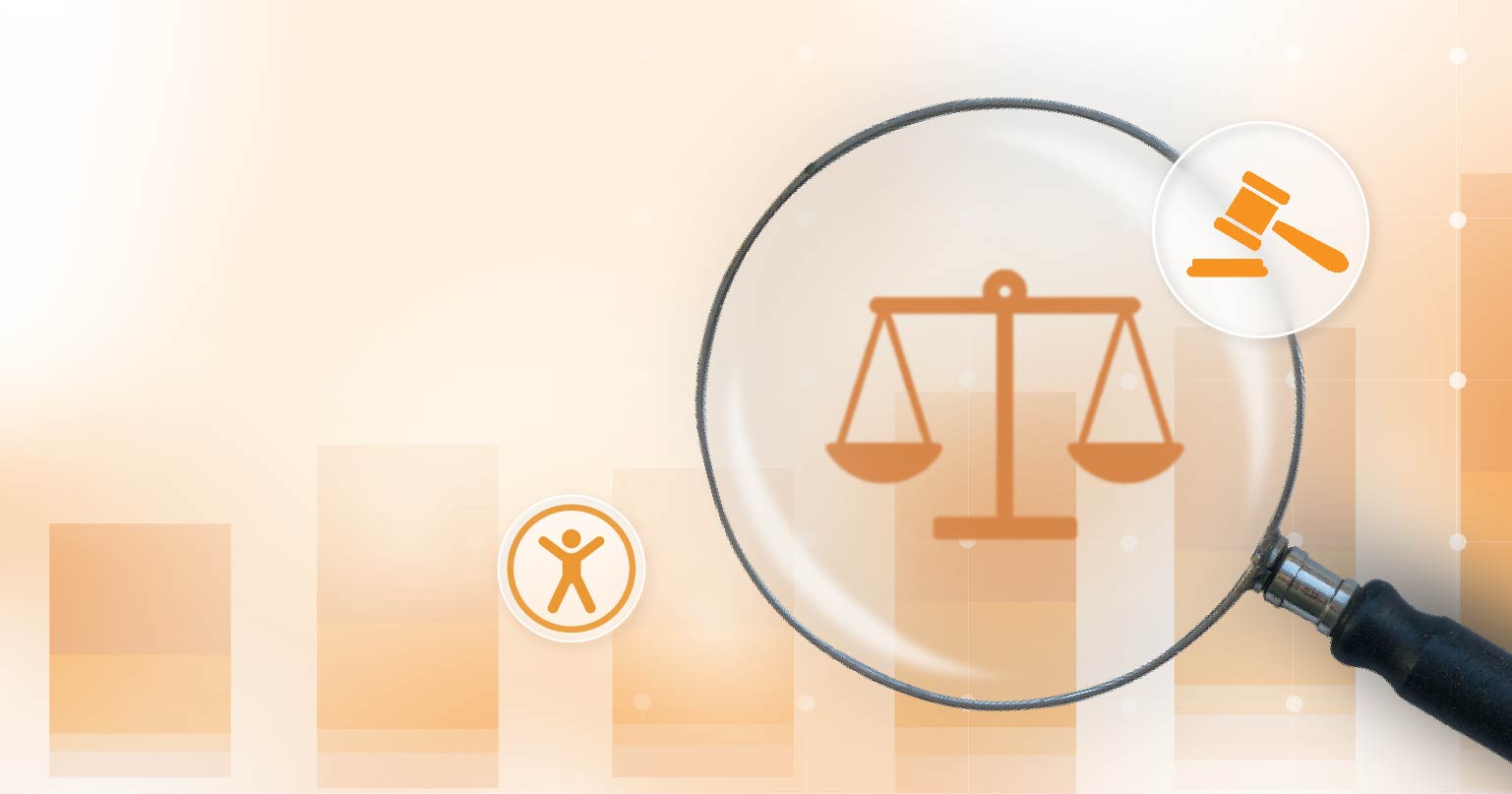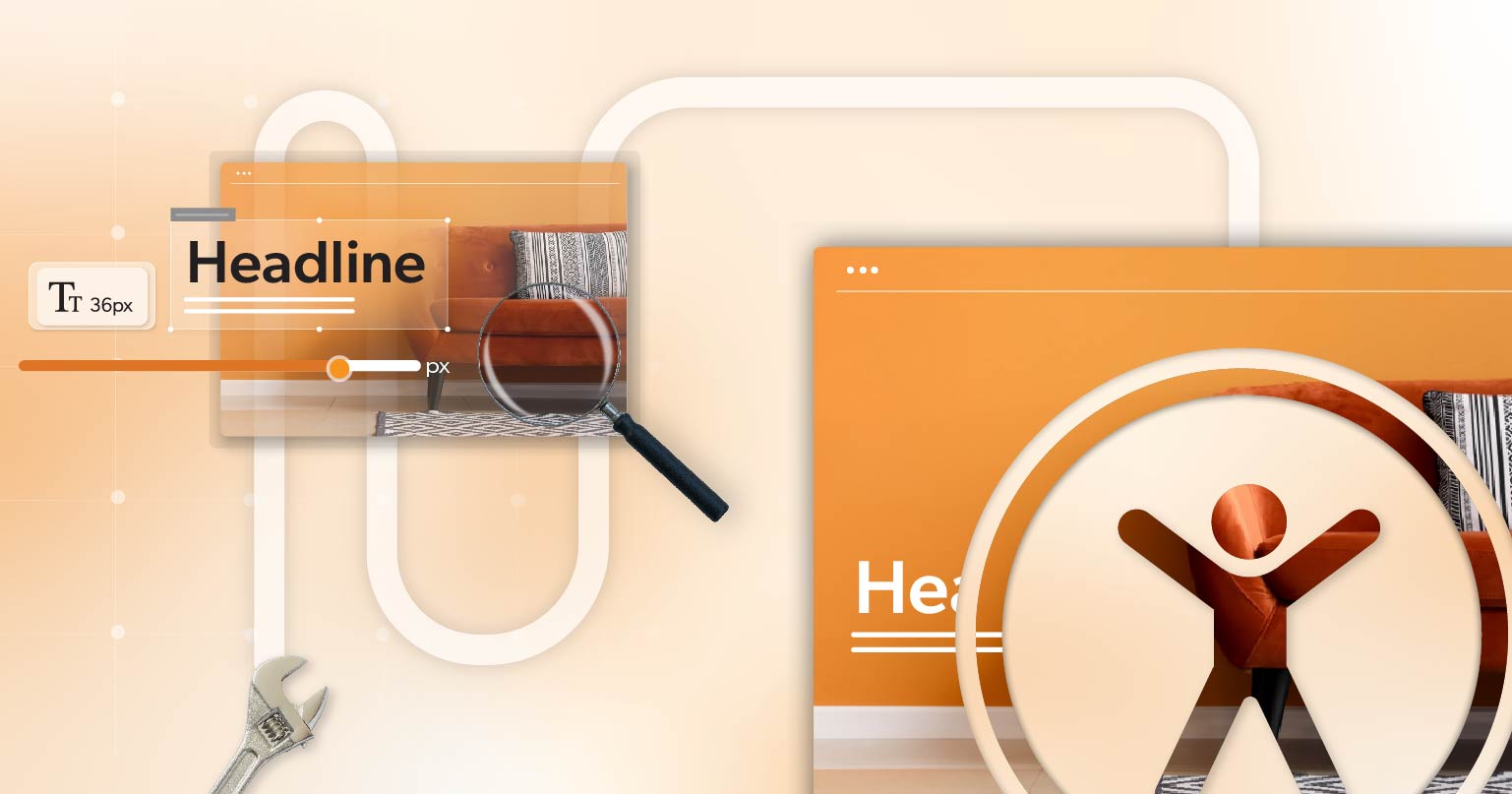Colorado has always been a leader in creating inclusive policies, and it was one of the first states to make web accessibility a law.
On July 1, 2021, House Bill 21-1110 was passed, outlining clear steps for state agencies and other organizations to ensure their websites and communication platforms are accessible to everyone.
So, what does this mean for you? How can you tell if this law affects you? And what does it mean to meet WCAG 2.1 at Level AA?
Understanding these questions is important—not just because it’s a legal requirement, but also to make sure everyone, including people with disabilities, can access digital content. This guide will explain everything you need to know about complying with HB 21-1110 and making your digital content accessible.
What is House Bill 21-1110?
House Bill 21-1110 is a major law in Colorado that requires all state and local government websites to follow digital accessibility standards. Signed by Governor Jared Polis on June 30, 2021, this bill builds on the Americans with Disabilities Act (ADA) and gives the Chief Information Officer (CIO) of the Office of Information Technology (OIT) a key role in making sure these standards are met.
One of the biggest changes with this bill is that people can now file accessibility lawsuits not only in federal courts but also in state courts. This means more opportunities to challenge government websites that aren’t meeting accessibility standards.
The Deadline for Compliance
House Bill 21-1110 set a deadline of July 1, 2024, for all state and local government websites in Colorado to meet WCAG 2.1 Level AA standards for digital accessibility. The CIO is responsible for creating guidelines based on the latest Web Content Accessibility Guidelines (WCAG).
If government agencies don’t meet these standards by the deadline, they could face legal action from individuals with disabilities who can now file suits directly in Colorado state courts. This bill impacts over 4,000 local government entities in Colorado, pushing them to make web accessibility a priority.
Extension Grant Introduced in May 2024
In May 2024, Colorado introduced an extension for some government entities that might not meet the July deadline. These agencies could extend their compliance deadline until July 2025, but they had to show a good-faith effort toward meeting digital accessibility standards by July 19, 2024. This includes:
- Creating a detailed progress report on their websites and updating it quarterly.
- Providing an easy-to-find way for visitors to report accessibility issues, with clear contact information on public-facing pages.
Who Does HB 21-1110 Apply To?
HB 21-1110 applies to all state and local government entities in Colorado, including:
- State agencies
- Local governments (cities and counties)
- Content owners managing government websites
Any public entity providing digital services or information must comply, ensuring that people with disabilities can access government resources.
What About Non-Government Entities?
Currently, HB 21-1110 only applies to government websites. However, if you run a private business, you may still need to follow the ADA. Many U.S. courts apply the ADA to websites and use WCAG as the standard for web accessibility. It’s a good idea to make sure your site is accessible.
How Can You Know if Your Website is Compliant with HB 21-1110?
To comply with HB 21-1110, websites need to be audited for digital accessibility. This means checking the site’s content, structure, and design against WCAG 2.1 Level AA standards. While automated tools can help, it’s best to work with digital accessibility experts who can catch issues automated tools might miss, like keyboard navigation or color contrast problems.
After the audit, you’ll need to make updates, such as adding alt text to images, captioning videos, improving content structure, and enhancing form navigation.
Steps to Ensure HB 21-1110 Compliance
Here’s a simple guide to help you comply with House Bill 21-1110:
- Conduct a Website Audit: Check your site against WCAG 2.1 Level AA standards, focusing on readability, navigation, and multimedia accessibility. Consulting with a specialist firm like 216digital to conduct a thorough audit can also be a wise investment.
- Develop a Remediation Plan: Create a plan based on your audit to address the most pressing accessibility issues.
- Make Necessary Updates: Work with a web development team or hire accessibility experts to implement fixes like adding alt text or improving keyboard navigation.
- Test for Compliance: After updates, test your site again to ensure it meets the standards. It’s also helpful to get feedback from users with disabilities.
- Monitor Accessibility Regularly: Keep auditing your site as you add new content or make changes to ensure continued compliance. 216digital’s a11y. Radar service provides ongoing monitoring of your website or app to detect any new accessibility issues that may arise over time. This proactive approach helps prevent potential violations before they lead to costly lawsuits.
- Train Your Staff: Ensure your team understands how to create accessible content, such as writing proper alt text and making PDFs accessible.
What Are the Consequences of Non-Compliance?
If a government entity doesn’t meet the OIT’s digital accessibility standards, it could face:
- Court orders
- Monetary damages
- Fines of $3,500 per violation
- Loss of funding
- Public backlash
To avoid these penalties, it’s crucial to take action now. If you haven’t started working toward compliance, now is the time to focus on digital accessibility.
Conclusion
While House Bill 21-1110 currently applies only to state and local governments, private businesses should be proactive about preparing for future changes in digital accessibility requirements. If your business falls under Title III, now is a great time to schedule an ADA briefing with 216digital. Staying ahead of digital accessibility standards will help protect your business and ensure your website is accessible to all. Don’t wait Don’the laws to catch up—start planning today!







